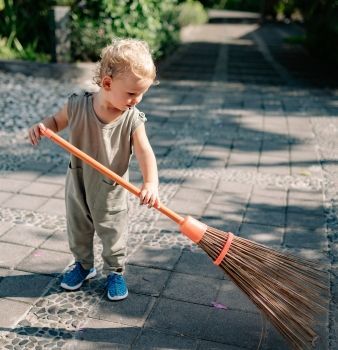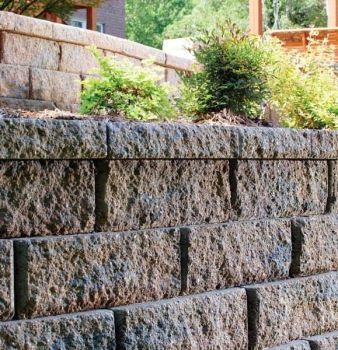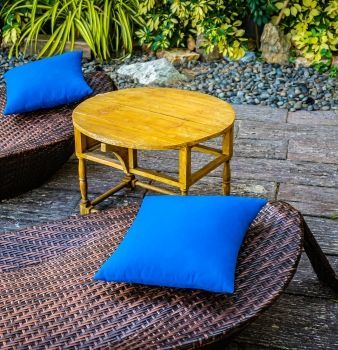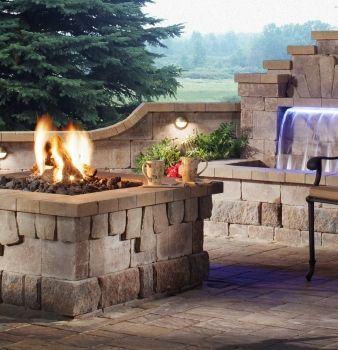
THE BEST WAY TO WATERPROOF A BASEMENT
By Jeff Posted April 2, 2014


THE BEST WAY TO WATERPROOF A BASEMENT
By Jeff Posted April 2, 2014 In Blog
WHAT IS THE BEST BELOW-GRADE WATERPROOFING CURRENTLY AVAILABLE?
The best product would be a membrane system. With this, the system starts at the footer. The 38” membrane is applied over outside of footer and over lapped 2-3 inches each row as you go up the foundation.
All laps and terminations would have mastic applied to guarantee a waterproof seal. After the foundation is sealed, a drainage board or sheet would be installed over membrane to act as a water diverter between membrane and backfill.
IS “ROLLED RUBBER” MEMBRANE BETTER THAN “BLOCK BOND”?
The Rolled rubber membrane waterproofing would be considered a Cadillac of waterproofing materials. It is more complicated to install but it would be faster to install, saving money for the homeowner in labor cost.
It offers a higher degree of waterproofing and is a more durable product then the common block bond products available Thus making long term cost to waterproof a foundation lower.
WHAT IS A GOOD BUT ECONOMICAL WATERPROOFING?
If a homeowner is looking for a less expensive exterior waterproofing, they should consider a cementitious coating such as a foundation coating containing fiberglass.
These products have waterproofing characteristics and the fiber supplies additional strength to the foundation walls. These are inexpensive and easy to apply. As a secondary product to apply over this coating, you can apply a “Tar” foundation coating; an inexpensive coating for a little piece of mind that the foundation is waterproof.
WHAT IS THE BEST WAYS TO WATERPROOF A BASEMENT?
The best steps to waterproof a foundation would start at the beginning of construction during excavation. Slope the grade away from the home, then use perimeter drainage (coil perforated pipe) around outside of footer and under the concrete floor draining to the outside of foundation.
Cover with washed stone to prevent the clogging of pipe with topsoil. Also a vapor barrier under slab would be advised. With the application of the exterior membrane system, the homeowner should experience years of a dry foundation.
The interior masonry walls may be coated with a brush applied cementitious waterproof coating to further the degree of waterproofing.
IF MY BASEMENT IS WET, WHAT STEPS CAN BE TAKEN?
The key to addressing a leaking foundation is to redirect the water away from the foundation. Gutters and downspouts that redirect the water away from the house are an easy and very effective first step.
Grading the yard to direct water away from the residence is equally important Adding waterproof coatings to the interior of the foundation may help, but ultimately the water needs to go somewhere, so interior waterproofing of walls and floors is a temporary solution.
WHAT PRODUCTS CAN BE USED FOR INTERIOR WATERPROOFING?
Cementitious coatings are common, also the “paint” water proofers are available such as Drylok. A breathable clear sealer could also be used.
RECOMMENDED POSTS






